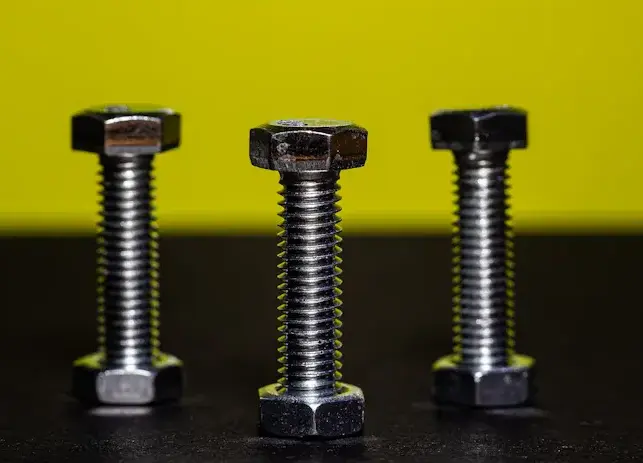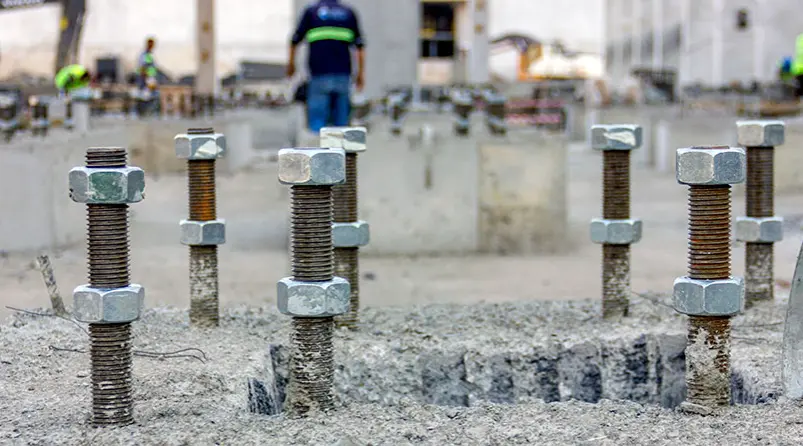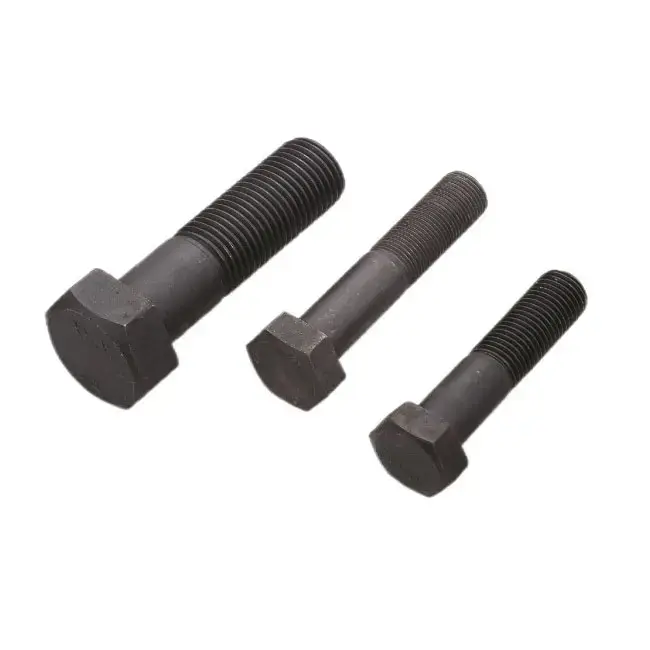Hex Bolts Explained: Everything You Need to Know for Your Next Project
Hex Bolts Explained: Everything You Need to Know for Your Next Project
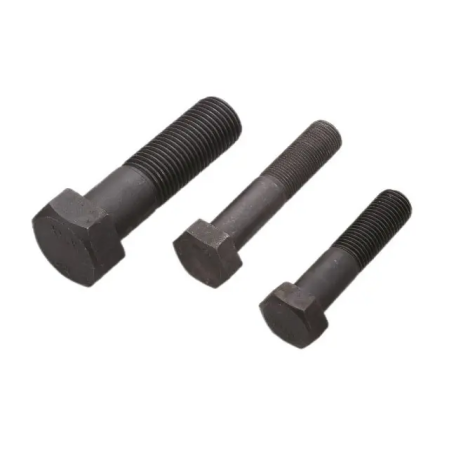
Have you ever looked at a project and wondered how everything stays securely in place? That’s where hex bolts come in. These six-sided fasteners are the backbone of countless projects, offering strength and reliability. Whether you’re building furniture or working on a car, hex bolts make sure your work holds together.
Key Takeaways
· Hex bolts are important for strong and dependable work in many projects, like building or home repairs.
· Picking the correct hex bolt type, like regular, heavy-duty, or fully threaded, is key to making your project work well.
· Always check the size and thickness of hex bolts carefully to make sure they fit right and prevent wrong parts.
Types of Hex Bolts
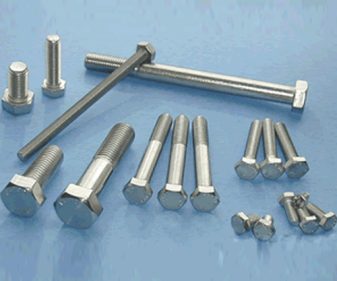
When you’re working on a project, choosing the right type of hex bolt can make all the difference. Let’s break down the most common types so you can pick the one that fits your needs perfectly.
Standard Hex Bolts
Standard hex bolts are the go-to option for many projects. They have a six-sided head and are designed for general-purpose use. You’ll often find them in construction, woodworking, and even DIY projects. These bolts are available in various sizes and materials, making them incredibly versatile.
Tip: If you’re unsure which bolt to start with, standard hex bolts are a safe bet for most tasks.
Heavy Hex Bolts
Need something tougher? Heavy hex bolts are your answer. These bolts have a larger head and are made for heavy-duty applications. You’ll see them used in Structural Steelwork, bridges, and other demanding projects. Their extra strength and durability make them ideal for situations where safety is a top priority.
Fully Threaded Hex Bolts
Fully threaded hex bolts have threads running from the tip to the head. This design provides a stronger grip, especially when you’re fastening materials that need extra security. They’re commonly used in situations where alignment and tension are critical, like in machinery or automotive repairs.
Partially Threaded Hex Bolts
Unlike their fully threaded counterparts, partially threaded hex bolts have a smooth shank near the head. This design allows for better shear strength, making them perfect for projects where the bolt needs to handle sideways forces. Think of them as the ideal choice for connecting two pieces of wood or metal.
Metric Hex Bolts
Metric hex bolts are measured using the metric system, which is common in many countries outside the United States. They’re labeled with measurements like M8 or M10, where the number indicates the diameter in millimeters. If your project involves international standards or imported machinery, you’ll likely need metric hex bolts.
Imperial Hex Bolts
Imperial hex bolts, on the other hand, follow the inch-based measurement system. These are widely used in the United States and are labeled with fractions like 1/4" or 3/8". If you’re working on a project that uses American standards, imperial hex bolts are the way to go.
Note: Always double-check the measurement system required for your project. Mixing metric and imperial bolts can lead to mismatched parts and frustration.
Advantages of Hex Bolts
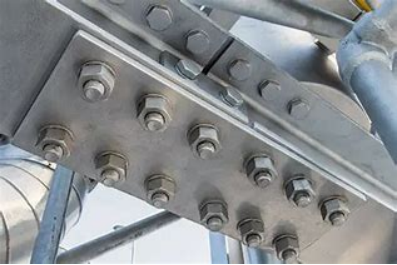
Strength and Durability
When it comes to strength, hex bolts are hard to beat. These fasteners are designed to handle heavy loads and resist wear and tear. Whether you're working on a construction project or assembling machinery, you can count on hex bolts to hold everything securely. Their durability also means they can withstand harsh conditions, like extreme temperatures or exposure to moisture. This makes them a reliable choice for both indoor and outdoor projects.
Pro Tip: For projects exposed to the elements, choose hex bolts made from Stainless Steel or coated with corrosion-resistant finishes.
Versatility Across Applications
Hex bolts are like the Swiss Army knife of fasteners. You can use them in a wide range of projects, from building furniture to repairing vehicles. They come in different sizes, materials, and thread types, so you can always find one that fits your needs. Need to secure wood, metal, or even plastic? Hex bolts have got you covered. Their versatility makes them a must-have in any toolbox.
Ease of Installation
Installing hex bolts is straightforward, even if you're new to DIY projects. All you need is a wrench or socket to tighten them. Their six-sided head provides a solid grip, so you won’t struggle with slipping tools. Plus, their design allows for quick adjustments or replacements. This ease of use saves you time and effort, making your projects go smoother.
Note: Always ensure you’re using the right size wrench for your hex bolts to avoid damaging the bolt head.
Common Applications of Hex Bolts
Hex bolts are everywhere, even if you don’t notice them. They’re the unsung heroes of many projects, providing strength and stability in a variety of settings. Let’s explore where you’re most likely to encounter them.
Construction and Infrastructure
When it comes to construction, hex bolts are a staple. You’ll find them holding together steel beams, securing wooden frames, and anchoring heavy equipment. Their strength makes them perfect for bridges, buildings, and other large-scale projects. If you’re working on a deck or a shed, you’ll probably use hex bolts to keep everything sturdy.
Fun Fact: Many skyscrapers rely on hex bolts to withstand high winds and earthquakes. That’s how dependable they are!
Automotive and Machinery
Hex bolts play a crucial role in the automotive and machinery world. They’re used to fasten engine parts, secure wheels, and assemble heavy equipment. If you’ve ever popped the hood of a car, you’ve likely seen hex bolts in action. Their ability to handle vibration and tension makes them ideal for these demanding environments.
Tip: When working on vehicles, always check the torque specifications for hex bolts to ensure proper installation.
DIY and Home Improvement Projects
For DIY enthusiasts, hex bolts are a game-changer. Whether you’re building a bookshelf, repairing a fence, or assembling furniture, these bolts make the job easier. They’re versatile and easy to install, even for beginners. Keep a few sizes in your toolbox—you’ll thank yourself later!
Pro Tip: Use a socket wrench for faster installation when working on home projects.
How to Measure and Install Hex Bolts
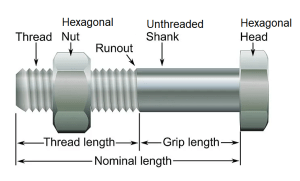
Measuring Length and Diameter
Before installing hex bolts, you need to measure them correctly. Start by measuring the length. Place a ruler or tape measure along the bolt, starting from the flat end of the head to the tip of the threaded end. If the bolt has a rounded head, measure from the bottom of the head instead.
Next, measure the diameter. Use a caliper or a bolt gauge for accuracy. The diameter is the width of the threaded part, also called the shank. This measurement ensures the bolt fits snugly into the hole or nut.
Tip: Always double-check your measurements to avoid mismatched parts.
Understanding Thread Pitch
Thread pitch refers to the distance between the threads on a bolt. For metric hex bolts, this is measured in millimeters. For imperial bolts, it’s the number of threads per inch. You can use a thread gauge to identify the pitch.
Knowing the thread pitch is crucial. It ensures the bolt threads match the nut or tapped hole. Mismatched threads can cause damage or make installation impossible.
Installation Tools and Techniques
Installing hex bolts is simple with the right tools. A wrench or socket set is essential. Choose one that fits the bolt head snugly to avoid slipping. For power tools, use an impact driver for faster installation.
When tightening, turn the bolt clockwise. If you’re securing heavy materials, use a torque wrench to apply the correct amount of force. Over-tightening can strip the threads, while under-tightening may leave the bolt loose.
Pro Tip: Lubricate the threads before installation to reduce friction and make tightening easier.
Hex Bolts vs. Similar Fasteners
Key Differences Between Hex Bolts and Screws
You’ve probably seen screws and hex bolts side by side and wondered, “What’s the difference?” While they might look similar, they’re designed for different jobs.
Here’s the key difference: screws create their own threads in the material they’re driven into, while hex bolts rely on pre-threaded holes or nuts to secure things. Screws are great for lightweight tasks, like attaching drywall or assembling furniture. Hex bolts, on the other hand, are built for heavy-duty jobs.
Another difference is the tool you’ll use. Screws are tightened with a screwdriver, while hex bolts need a wrench or socket. The six-sided head of a hex bolt gives you a better grip, making it easier to apply torque.
Quick Tip: If your project involves high loads or vibration, hex bolts are the safer choice. Screws might loosen over time.
Choosing Between Hex Bolts and Other Fasteners
Not sure if hex bolts are the right pick? Let’s break it down.
· Hex Bolts vs. Carriage Bolts: Carriage bolts have a rounded head and a square neck that locks into place. They’re ideal for wood projects where you don’t want the bolt head to stick out. Hex bolts are better for metal or mixed-material connections.
· Hex Bolts vs. Lag Bolts: Lag bolts are thicker and longer, making them perfect for anchoring heavy objects like beams or posts. Hex bolts work well for general construction and machinery.
· Hex Bolts vs. Screws: Use screws for lightweight tasks and hex bolts for heavy-duty applications.
Pro Tip: Always consider the material, load requirements, and environment before choosing a fastener. Hex bolts shine in projects that demand strength and reliability.
Finishes, Coatings, and Markings on Hex Bolts
Common Finishes and Coatings
Hex bolts come with different finishes and coatings to improve their performance and appearance. These finishes protect the bolts from rust, wear, and environmental damage. You’ll often see bolts with shiny zinc plating, which adds a layer of corrosion resistance.
For heavy-duty projects, galvanized hex bolts are a popular choice. They’re coated with zinc through a hot-dip process, making them ideal for outdoor use. If you need extra protection, look for bolts with black oxide or phosphate coatings. These finishes enhance durability and reduce friction during installation.
Tip: If your project involves exposure to moisture or chemicals, choose bolts with specialized coatings like Teflon or ceramic.
Decoding Bolt Markings
Ever noticed the tiny markings on hex bolt heads? They’re not just random symbols—they tell you important details about the bolt’s strength and material.
Here’s a quick guide:
· Grade Numbers: Numbers like 5 or 8 indicate the bolt’s tensile strength. Higher numbers mean stronger bolts.
· Material Codes: Letters like “A” or “B” show the material type, such as carbon steel or stainless steel.
· Manufacturer’s Logo: Some bolts include the maker’s logo for traceability.
Pro Tip: Always check these markings to ensure the bolt meets your project’s requirements.
Corrosion Resistance and Material Grades
Choosing the right material grade is key to preventing corrosion. Stainless steel bolts resist rust and are perfect for outdoor or marine projects. For extreme conditions, opt for bolts made from alloy steel or titanium.
If you’re working in a humid or salty environment, avoid plain steel bolts. They corrode quickly and weaken over time. Instead, go for galvanized or coated options.
Quick Tip: Match the bolt material to the environment for long-lasting performance.
Selecting the Right Hex Bolt for Your Project
Choosing the right hex bolt can feel overwhelming with so many options available. But don’t worry—breaking it down into a few key factors makes the process much easier. Let’s dive into what you need to consider to ensure your project is a success.
Material and Size Considerations
The material and size of a hex bolt play a huge role in its performance. Start by thinking about the environment where the bolt will be used. For outdoor projects or areas exposed to moisture, stainless steel or galvanized bolts are your best bet. These materials resist rust and corrosion, keeping your project sturdy for years. For indoor or less demanding applications, carbon steel bolts are a cost-effective choice.
Size matters too. You’ll need to measure both the length and diameter of the bolt. The length should match the thickness of the materials you’re fastening, while the diameter ensures a snug fit in the hole or nut. Using a bolt that’s too short or too thin can weaken the connection, while one that’s too long might stick out awkwardly.
Tip: Keep a bolt gauge handy to quickly measure the size of your hex bolts. It’s a small tool that saves a lot of guesswork.
Thread Type and Compatibility
Threads are the ridges spiraling around the bolt’s shank, and they’re not all the same. You’ll find coarse threads and fine threads, each suited for different tasks. Coarse threads are thicker and better for quick assembly or materials like wood. Fine threads, on the other hand, provide a tighter grip and are ideal for precision work, like in machinery or automotive repairs.
Compatibility is key when it comes to threads. Always pair your hex bolt with a nut or tapped hole that matches its thread type and pitch. Mismatched threads can lead to stripped bolts or loose connections, which nobody wants.
Pro Tip: If you’re unsure about thread compatibility, take the bolt to your local hardware store. They can help you find the perfect match.
Tips for Ensuring Quality and Performance
To get the most out of your hex bolts, focus on quality. Cheap bolts might save you money upfront, but they can fail under pressure. Look for bolts with clear markings on the head, as these indicate the grade and strength of the material. Higher-grade bolts are stronger and more reliable for heavy-duty projects.
Before installation, inspect the bolts for any signs of damage, like bent threads or rust. Damaged bolts can compromise the safety and durability of your project. During installation, use the right tools and apply the correct amount of torque. Over-tightening can strip the threads, while under-tightening might leave the bolt loose.
Quick Tip: Store your hex bolts in a dry, organized space to prevent rust and make them easy to find when you need them.
By considering these factors, you’ll select the perfect hex bolt for your project and ensure it performs as expected.
Hex bolts are the backbone of countless projects. Their strength, versatility, and ease of use make them indispensable. When choosing hex bolts, focus on material, size, and thread compatibility. Always prioritize quality to ensure durability.
Tip: Keep a few sizes handy in your toolbox. You’ll always be ready for your next project!
FAQ
What tools do you need to install hex bolts?
You’ll need a wrench or socket set. For faster installation, use an impact driver. A torque wrench ensures proper tightening without damaging the bolt.
Tip: Always match the tool size to the bolt head for a secure grip.
Can hex bolts be reused?
Yes, but inspect them first. Check for damage like stripped threads or rust. Reusing damaged bolts can weaken your project and compromise safety.
How do you prevent hex bolts from rusting?
Choose stainless steel or galvanized bolts for rust resistance. For extra protection, apply a corrosion-resistant coating or store bolts in a dry place.
Pro Tip: Avoid plain steel bolts in humid or salty environments.


